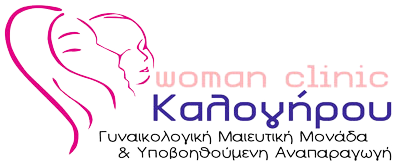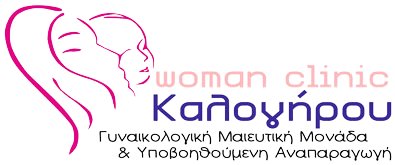Osteoporosis the great enemy
The disease that concerns the insufficient deposition of calcium in the bones, and mainly affects women aged 50 to 65 (the postmenopausal disease).
It can be more effectively prevented than cured.
Thus, the diet must be rich in albumin and calcium (milk, cheese) from childhood.
Light sports activity and exposure to solar radiation should be encouraged, at all ages, in women, so that at a young age, individuals obtain the maximum possible bone density.
Important aggravating factors in osteoporosis are smoking, alcohol abuse, corticosteroids and early menopause.
Vitamin D, which builds the skin when it tans in the sun, is not enough for women over 50 and they must take an additive in vitamin preparations.
Osteoporosis is also responsible for the high frequency of fractures in the hip area.
It manifests itself mainly in women after menopause, with back pain, gradual loss of the patient's height, kyphosis, fractures of the lower end of the rostrum in the hand and less often, due to the subsidence of the vertebrae of the lumbar spine, a picture of back pain with diffuse pain in the waist and in the buttocks.
The diagnosis is based on the clinical examination, radiological and laboratory testing as well as the measurement of bone density.
Treatment
The goal of treatment is to relieve pain, stop bone loss, try to increase bone mass with the ultimate goal of maintaining the mechanical strength of the bone and avoiding fracture.
Calcium preparations, calcitonin, estrogens, bisphosphonates, vitamin D metabolites, etc. are given.
It is now believed that adding a small amount of calcium as a dietary supplement to girls who have almost just started their periods is beneficial in preventing them from developing osteoporosis later.
Such treatment for a 14-year-old girl, for 4 years, until the age of 18, reduces by 50% the risk of osteoporosis in that girl, in the future.
Physical exercise can delay the formation of fractures from osteoporosis by 10 or maybe even 15 years.
So if you are in the dangerous age, do regular checkups.
A bone mineral density test, which is done in many different ways, is the main test your doctor will use to determine if you have osteoporosis.
Blood tests, both at menopause and at a younger age, can determine the degree of osteoporosis. Finally, nothing can replace a regular visit to the gynecologist.
The main treatment:
Osteoporosis is one of the most serious problems of the elderly with women being affected in a greater percentage.
The bones become weak and more fragile as a result of which fractures are created and the skeleton changes. All of the above could be prevented in time with proper nutrition, exercise and pharmaceutical support.
Studies have shown that even younger women have to be careful many times and unfortunately in rare cases osteoporosis is observed at very young ages.
Medicines that protect are the well-known calcium that is often given during pregnancy, but also others.
A revolution has been brought about in recent years by the raloxifene known to all of us, EVISTA, which protects against osteoporosis but also reduces the risk of breast cancer.
The measurement of bone density can be done at any age and also during pregnancy using ultrasound for the safety of the fetus.
Of course, the main diagnostic method is the DEXA machine.
So our purpose is to wake up the young woman in time to the prevention of osteoporosis, cervical breast screening and others such as the HPV vaccine (warts) which I will refer to in the next article.
Sincerely Ioannis Kalogirou drcog,dffp




